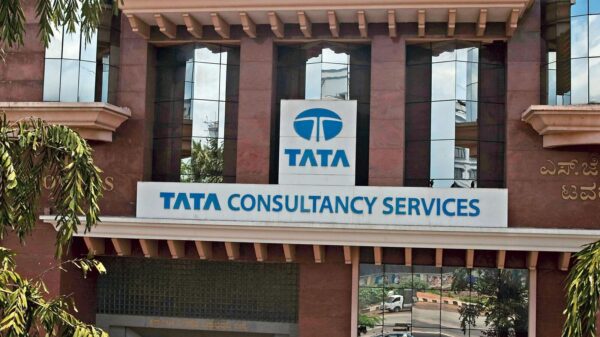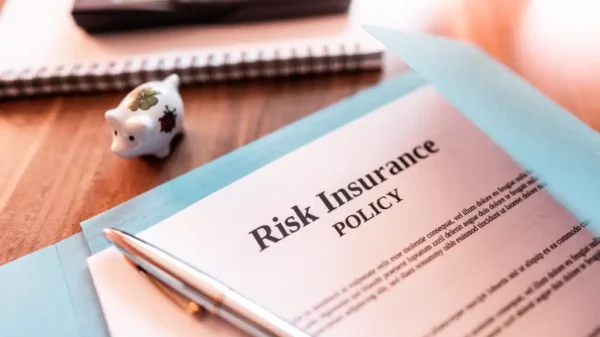Insurance is a contract between an individual or organization and an insurance company that transfers the risk of financial loss from the individual or organization to the insurance company in exchange for payment of a premium. The purpose of insurance is to protect against financial loss due to unforeseen events or accidents. Risk management, on the other hand, is the process of identifying, assessing, and controlling risks to minimize the negative impact of those risks on an organization’s operations, finances, and reputation.
Types of Insurance
There are many types of insurance that individuals and organizations can purchase to protect against financial loss. Some of the most common types of insurance include:
- Life Insurance: Life insurance provides financial support to beneficiaries in the event of the policyholder’s death. There are two main types of life insurance: term life insurance, which provides coverage for a specific period of time, and permanent life insurance, which provides coverage for the policyholder’s entire life.
- Health Insurance: Health insurance provides coverage for medical expenses, including doctor visits, hospital stays, and prescription medications. There are two main types of health insurance: traditional fee-for-service plans and managed care plans.
- Property Insurance: Property insurance provides coverage for damage to or loss of property, including homes, vehicles, and personal belongings. There are several types of property insurance, including homeowners insurance, renters insurance, and auto insurance.
- Liability Insurance: Liability insurance provides coverage for damages that the policyholder may be responsible for, including bodily injury, property damage, and legal fees. There are several types of liability insurance, including general liability insurance, professional liability insurance, and product liability insurance.
- Disability Insurance: Disability insurance provides income replacement in the event that the policyholder becomes disabled and is unable to work. There are two main types of disability insurance: short-term disability insurance, which provides coverage for a specific period of time, and long-term disability insurance, which provides coverage for an extended period of time.
Risk Management
Risk management is the process of identifying, assessing, and controlling risks to minimize the negative impact of those risks on an organization’s operations, finances, and reputation. The goal of risk management is to help organizations make informed decisions about risks by providing them with the information they need to understand the risks they face and the options available to manage those risks.
The risk management process typically involves the following steps:
- Identification of Risks: The first step in the risk management process is to identify the risks that an organization faces. This can be done through a variety of methods, including risk assessments, surveys, and interviews with key stakeholders.
- Assessment of Risks: Once the risks have been identified, the next step is to assess the likelihood and impact of each risk. This involves analyzing the probability of the risk occurring and the potential impact on the organization if it does occur.
- Management of Risks: The third step in the risk management process is to develop strategies to manage the risks that have been identified and assessed. This can include avoiding the risk, reducing the risk, transferring the risk, or accepting the risk.
- Monitoring and Review: The final step in the risk management process is to monitor and review the effectiveness of the risk management strategies that have been implemented. This involves tracking the performance of the strategies and making adjustments as needed to ensure that they continue to effectively manage the risks that the organization faces.








